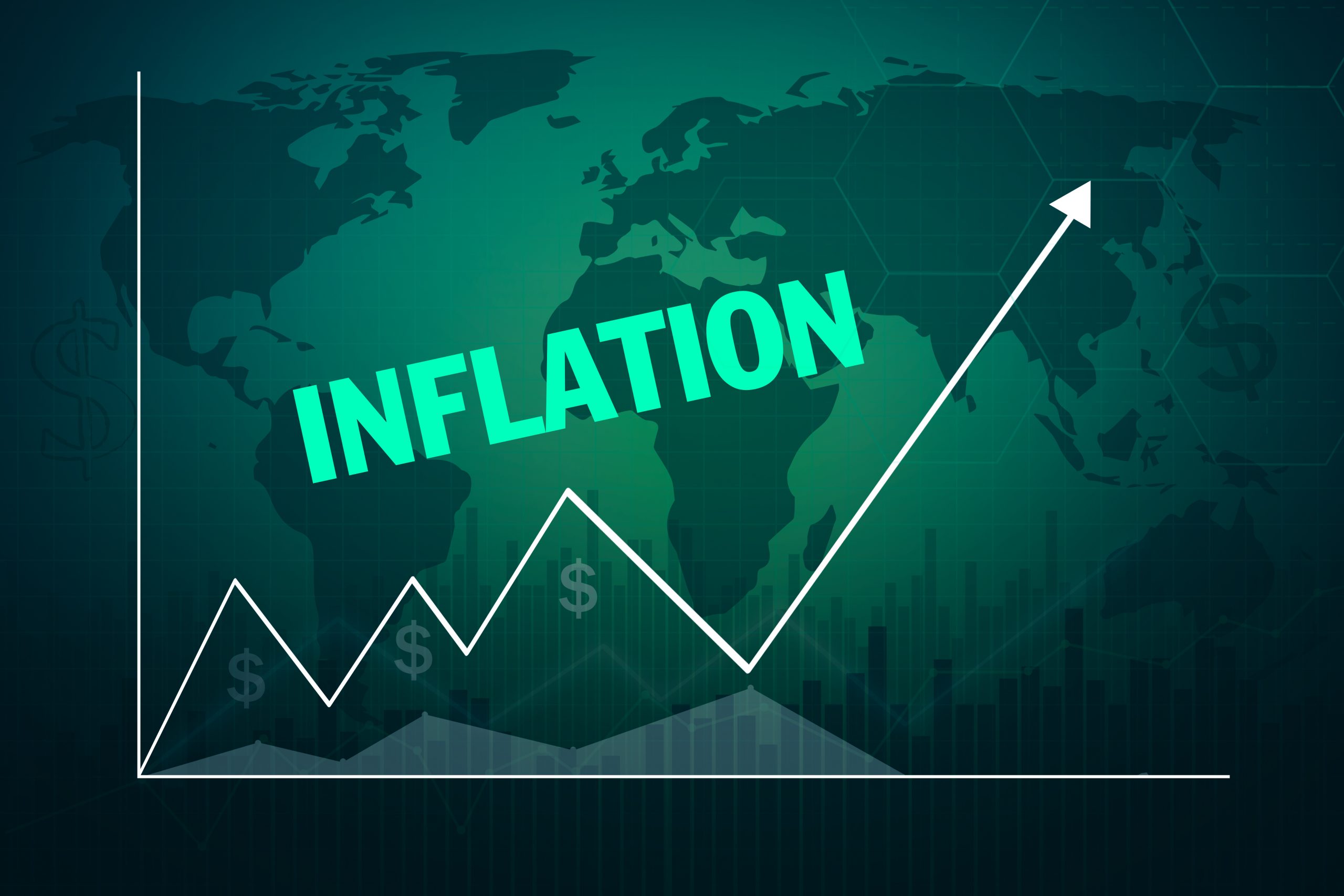Calculating the rate of inflation seems rather simple. If you pay $10 for something today and one year later that item costs $11, you would think that the item has inflated by $1 or 10% over the past year. But when it comes to the rate of inflation, there is yet another variable to factor into the equation. That factor is what the Bureau of Labor and Statistics calls a Hedonic Quality Adjustment. The result is that all price increases may not be factored into the governments published calculation of inflation.
In short, the Hedonic Quality Adjustment is the Bureau’s way of adjusting prices for quality adjustments that manufacturers may incorporate into their goods. So in using the $10 example from above, if that $10 item is no longer available, and only the newer $11 item is available the bureau will look to see what quality improvements were made to that new item. If it is concluded that 90 cents of that higher cost is due to a quality improvement and not simply price inflation, then only 10 cents of the price increase will be counted as inflation and the item will be touted as having only had an inflation rate of 1%.
This may not sound like a big deal to some, but in these days of rapid technological advancements, quality improvements abound in nearly every category of manufactured goods. While this quality adjustment may make sense in calculating the Consumer Price Index, it can potentially pose a long-term challenge to those who underestimate their future costs of living. To consumers and retirees, it doesn’t matter why the price went up. All that matters is that it will cost you X% more to buy that item next time.
There is no solution for this confusion, but anyone looking to forecast their long term cost of living may choose to adjust their forecast. If you are using the consumer price index as your rate of inflation to forecast your cost of living in future years, consider bumping it a little higher. How much higher I cannot suggest, but it may be wise to stress test your future spending by seeing just how much price inflation that you can tolerate. This is yet another reason to review your cash flow and spending no less than annually.
If you want living proof, take a look at your cell phone. Early in the mobile phone days one could have spent thousands to install a car phone to see prices drop to nearly zero for a small portable version a few years later. Who would have imagined that a top of the line cell phone could again cost upwards of $1,000. The quality improvements are substantial and plentiful. But the price rise is also pretty substantial.
John P. Napolitano CFP®, CPA, PFS, MST is Founder and Chairman of Napier Financial in Braintree, MA. Visit napierfinancial.com for more information. The opinions voiced in this material are for general information only and are not intended to provide specific advice or recommendations for any individual. Investment and financial planning advice offered through US Financial Advisors and Great Valley Advisor Group, Registered Investment Advisors.

